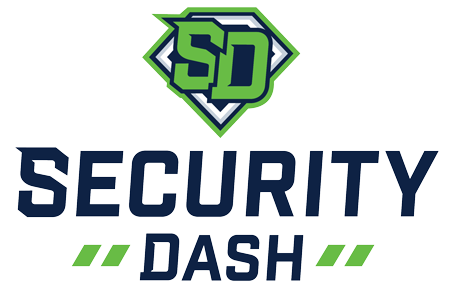What is the Emergency Preparedness Program?
The Emergency Preparedness Program describes a facility’s comprehensive approach to meeting the health, safety, and security needs of the facility, its staff, their patient population and community prior to, during and after an emergency or disaster. Some of the components of this plan must include:
- A documented facility and community-based risk assessment
- Evacuation and shelter plan
- Emergency preparedness communication plan that complies with federal, state and local laws and is reviewed annually.
- Full-scale drills and training for all new and existing staff.
Why were these regulations developed?
Health care facilities had devastating experiences during Hurricanes Katrina and Rita. Simply put, they weren’t prepared for the extreme circumstances. To avoid these consequences for future unforeseen disasters, the Centers for Medicare & Medicaid Services (CMS) Survey and Certification (S&C) Group established a series of internal working groups to develop updated emergency preparedness policies and procedures.
Robust emergency planning, including training exercises, can ensure that healthcare businesses don’t have to suffer from financial losses, loss of market share, damages to equipment, or business interruption. Effective emergency planning can also help to reduce exposure to civil or criminal liability during a disaster, enhance a facility’s image and credibility with employees, customers, suppliers and the community, and reduce insurance premiums.
Are most providers complying with the Emergency Preparedness Program?
Even though the rule went into effect in 2016, many providers haven’t developed the required plans.
According to an article in Modern Healthcare, only 13% of those surveyed in the poll done by American College of Emergency Physicians said their hospital has thoroughly reevaluated preparedness plans; 44% said that they had done so to some extent, 22% said they had not really reevaluated plans and 8% said they had not done it at all.
How can I comply?
The Centers for Medicare and Medicare Services have provided templates and checklists to help healthcare facilities develop and execute a plan. It will take a dedicated team of individuals to make a plan that makes sense given the unique circumstances of each facility. This requires time and resources that are often hard to come by.
PSA can help!
Security Dash offers consulting, customized plan development, and training for emergency preparedness. We follows these steps to help your business survive disasters:
- Identify threats to structure your business resiliency. Our law enforcement and emergency management experts can identify these hazards to prepare you for multiple disaster scenarios.
- Plan for response and recovery. We have years of experience designing emergency response and recovery plans for business owners to ensure continuity of operations during and following a disaster event.
- Simulations and training. PSA experts and officers help you exercise your plans by designing simulations and training to prepare for disaster scenarios.
We can help you get your facility prepared for emergency and into compliance as quickly as possible. Contact us today!
